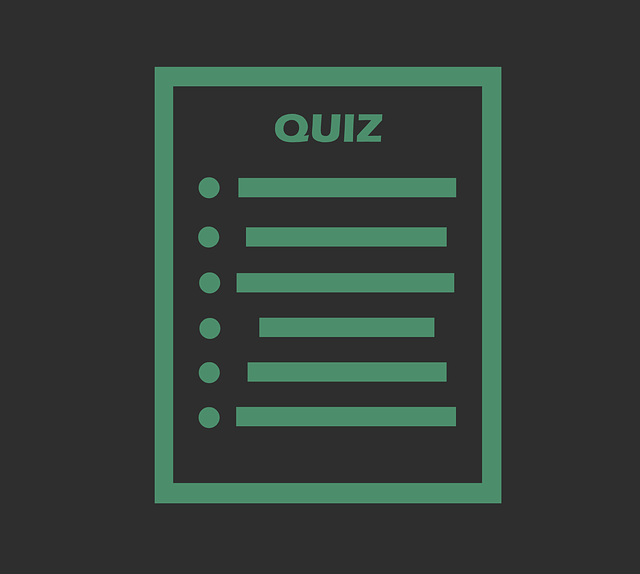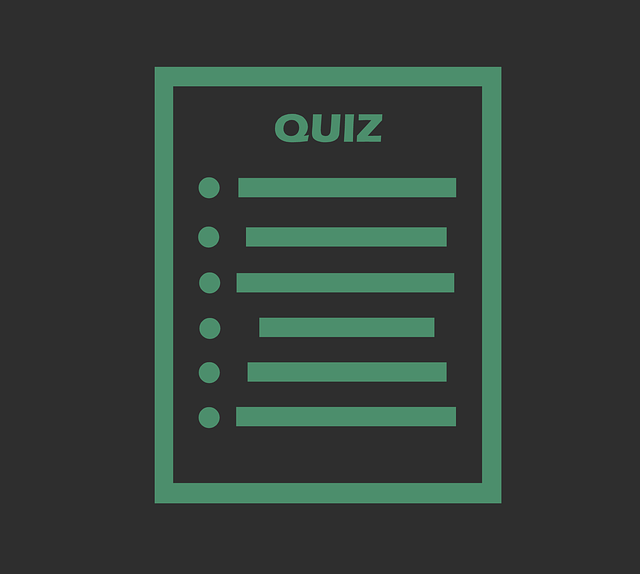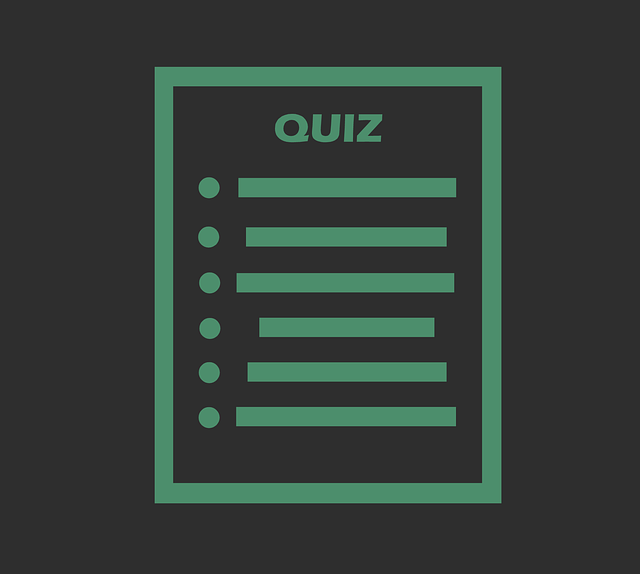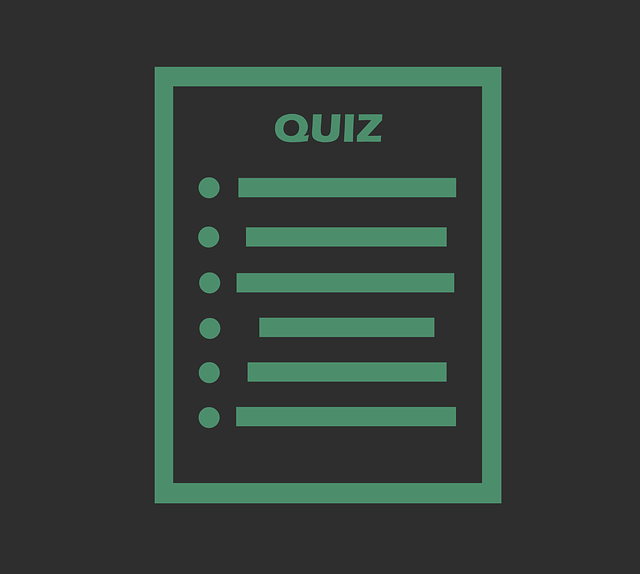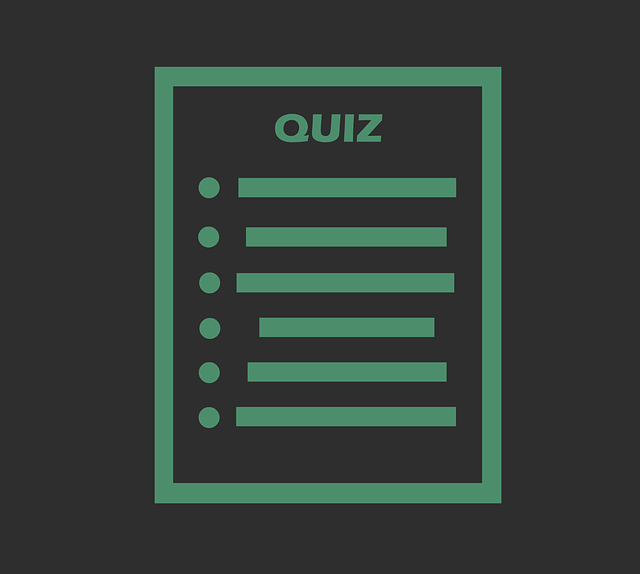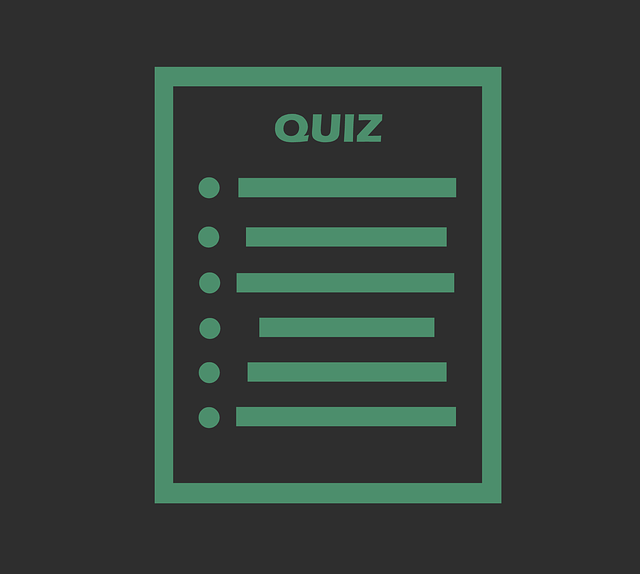In this blog you will find the correct answer of the Coursera quiz Financial Markets Coursera week 5 Quiz mixsaver always try to brings best blogs and best coupon codes
Lesson #12 Quiz
1. What is the effect of traders storing grain to wait for higher prices?
- It is essential in preventing grain shortages.
- Most shortages could have been prevented if traders had not speculated on grain prices.
- Most grain ends up getting moldy in storage.
- Traders are able to monopolize the market.
2. In commodities trading, what is the role of forwards and futures?
- Farmers and warehouses sell exclusively in futures.
- Farmers sell in forwards and warehouses sell in futures.
- Warehouses buy from the farmer in forwards, and then hedge on futures.
- Farmers and warehouses sell crops in both forwards and futures.
3. When an investor uses margin to buy or sell securities, how are the securities paid for?
- A combination of an investor’s own funds and futures
- On money borrowed from a broker only
- On money borrowed from a broker whereby the broker may tell the investor at any time to sell securities or contribute money.
- A combination of an investor’s own funds and money borrowed from a broker.
4. What is the primary purpose of purchasing futures if they are rarely delivered?
- To purchase the industry standard of a commodity, such as those put out by the Chicago Board of Trade (CBOT)
- To protect against price fluctuations.
- To allow a corporation to buy and sell commodities, which would be impossible without futures.
- To negotiate the best price on a commodity with a farmer.
5. What often happens to futures at the time of the crop for commodities with a specific well-defined harvest window?
- They tend to be traded above the expected spot price at the contract’s maturity.
- Due to defaults, investors could lose a lot of money.
- They tend to be traded below the expected spot price at the contract’s maturity.
- They tend to be traded exactly at the expected spot price at the contract’s maturity, making it difficult to profit as an investor.
6. How is it possible to have a future based on the S&P500?
- On the last day, there is a final settlement of a combination of the other commodities on the futures market.
- There is a large fine on anyone who still holds the security on the final day.
- Anyone still holding the security on the final day will receive a proportionate number of shares in an S&P500 index fund.
- On the last day there is a final settlement of the difference between the futures price and the actual index.
7. What is the fair value of a futures contract with a storage cost of 3%, an interest rate of 5%, and a spot price of $1000 over a 1 year time period?
- $1800.00
- $1080.00
- $1081.50
- $1000.00
8. How can you determine whether a future is in backwardation or contango?
- If the price is rising at an increasingly fast rate (has a positive second derivative), it is backwardation, but if it is falling at an increasingly fast rate (has a negative second derivative), it is contango.
- If the price is falling at an increasingly fast rate (has a negative second derivative), it is backwardation, but if it is rising at an increasingly fast rate (has a positive second derivative), it is contango.
- If the price rises over time (has a positive derivative), it is backwardation, but if it falls (a negative derivative), it is contango.
- If the price falls over time (has a negative derivative), it is backwardation, but if it rises (a positive derivative), it is contango.
9. What is the Federal Funds Futures Market?
- Futures contracts created by the government which are settled at the end of each year for 100 minus the federal funds rate averaged over the month.
- Futures contracts created by an exchange board which are settled at the end of each month for 100 minus the federal funds rate averaged over the month.
- Futures contracts created by an exchange board which are settled at the end of each year for 100 minus the federal funds rate averaged over the month.
- Futures contracts created by the government which are settled at the end of each month for 100 minus the federal funds rate averaged over the month.
Lesson #13 Quiz
1. What are the two types of options?
- A “call” option is the right to buy and a “put” option is the right to sell.
- A “put” option is the right to buy and a “call” option is the right to sell.
- A “get” option is the right to buy and a “push” option is the right to sell.
- A “push” option is the right to buy and a “get” option is the right to sell.
2. Why do some stock options have an exercise price which is more than the cost of the stock?
- New investors often mistake “put” and “call” options, leading to an easy profit for the dealer.
- For “call” options, this provides the option to buy at this price if the stock goes up before the exercise date.
- These options are “put” options, giving you the option to sell at a higher price.
- The stock options sell for negative prices, because the investor will lose money if the stock price does not fluctuate.
3. Which of the following is NOT a behavioral reason why people buy options?
- Portfolio managers will usually buy options for clients without them knowing so that if the stock price goes down, the manager will come across as thinking ahead and watching out for their clients.
- People will feel better about themselves if their stocks go down if they have purchased a put option on them, regardless of whether or not they gained or lost overall.
- They are fooled by salespeople.
- People will pay attention to specific aspects of their portfolio more so than others, so they will buy options when they hear about volatility in the market to protect certain components of their portfolio.
4. Are mortgages in the US similar to options from the perspective of the homeowner?
- No, because defaulting does not eliminate liability.
- Yes, because people always have the option to default.
- Yes, because they can be sold by banks to Fannie Mae and Freddie Mac.
- No in recourse states, yes in non-recourse states.
5. What is the put-call parity relationship?
- A relationship between the put price, the call price, and the stock price for European-style stock options.
- A method of arbitrage for options exchanges.
- Another name for the Black-Scholes model.
- A mathematical formula specifying that the put price of an option minus the call price of an option equals the price of the stock
6. What is a stop-loss order?
- An instruction to your broker indicating that they should sell your shares once it drops below some price.
- A type of stock that will protect you against losses.
- The same thing as a put option, except you do not have to pay for it.
- An instruction to your broker indicating that they should sell your shares once they get above a certain price.
Important link:
- Financial Markets Coursera week 1 Quiz
- Financial Markets Coursera week 2 Quiz
- Financial Markets Coursera week 3 Quiz
- Financial Markets Coursera week 4 Quiz
- Financial Markets Coursera week 6 Quiz
- Financial Markets Coursera week 7 Quiz
